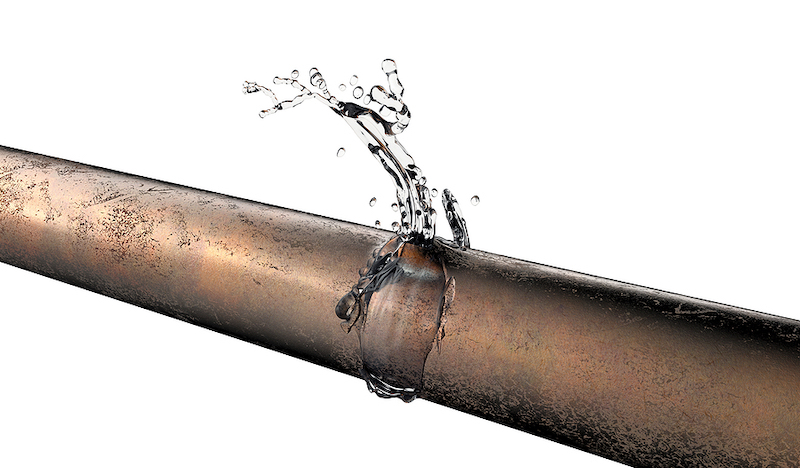How to Prevent Frozen Pipes This Winter

Brrr . . . It’s getting cold outside! Freezing temperatures can lead to frozen pipes and water damage in your home or building. Fortunately, you can take several steps to help prevent freezing pipes.
- Disconnect all outdoor hoses, and turn off water to exterior faucets and sprinkler systems.
- Open kitchen and bathroom cabinet doors to allow warmer air to circulate around the plumbing.
- During a cold spell, turn on both hot and cold faucets near outside walls to allow a small trickle of water to run during the night.
- Wrap pipes in foam insulation tubes, especially those close to outside walls, where the chance of freezing is greatest.
- Seal air leaks surrounding or near pipes.
- Set the thermostat to at least 55° Fahrenheit.
- Drain and shut off lines attached to outdoor spigots.
- Drain hoses and bring indoors; do not leave hoses attached to outside spigots.
And here’s a bonus tip, courtesy of Eli Rabe . . . Early in the winter, buy heating tape from a plumbing supply store. The tape encloses and insulates an electric wire, which can be wrapped around water pipes, especially those located in basements. One end has a plug with a red light that connects to a standard electrical outlet.
To be on the safe side, identify the locations of shutoff valves so you can stop the flow of water as soon as possible should a pipe burst.
Dealing with Frozen Pipes
If pipes do burst and cause damage, try the following:
- After spotting a trickle, look for the location of the frozen pipe. Keep the faucet open, and check other faucets in the building to figure out the extent of the problem. If widespread, turn off the water supply and call a licensed plumber.
- If you track the problem to a single pipe (one that you can access), use a hairdryer, heating pad or space heater to thaw the pipe. Move the heat source along the pipe, working backward to the frozen section. Once full water pressure is restored, reduce the flow to a trickle.
- You can also wrap the frozen section with hot towels as an alternative to the above method. Just remember: Don’t pour hot water onto the pipe, and please don’t use any form of open flame.
Of course, there’s nothing wrong with shutting off the water at the first sign of trouble and calling in a licensed plumber.
Before you run into an issue, check with your insurance broker to make sure you’re protected against burst pipes and related water damage.
Are Frozen Pipes Insured?
Chances are that your homeowners or commercial insurance policy will cover much of the costs of repairing the damage from a frozen pipe, though policies vary.
However, there are two caveats.
First, damage may not be covered if the frozen pipe was caused by negligence. If a building was left unoccupied with no heat during a freeze, the insurer might deny the claim. If the owner didn’t take timely action to shut off the water or to stop the damage, the claim might be denied as well.
Second, many insurance policies may cover water damage caused by a burst pipe, but not the damage to the pipe or plumbing equipment. Generally, coverage extends to the following:
- The cost of removing and replacing the wall to get to the burst pipe
- Repair of any damage to carpeting, flooring, drywall and furnishings
- Water damage restoration and mold prevention
If you have any questions about your homeowner’s insurance or building insurance coverage, or to request a free quote, please call us at 877-576-5200.


